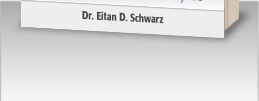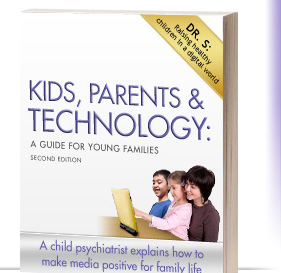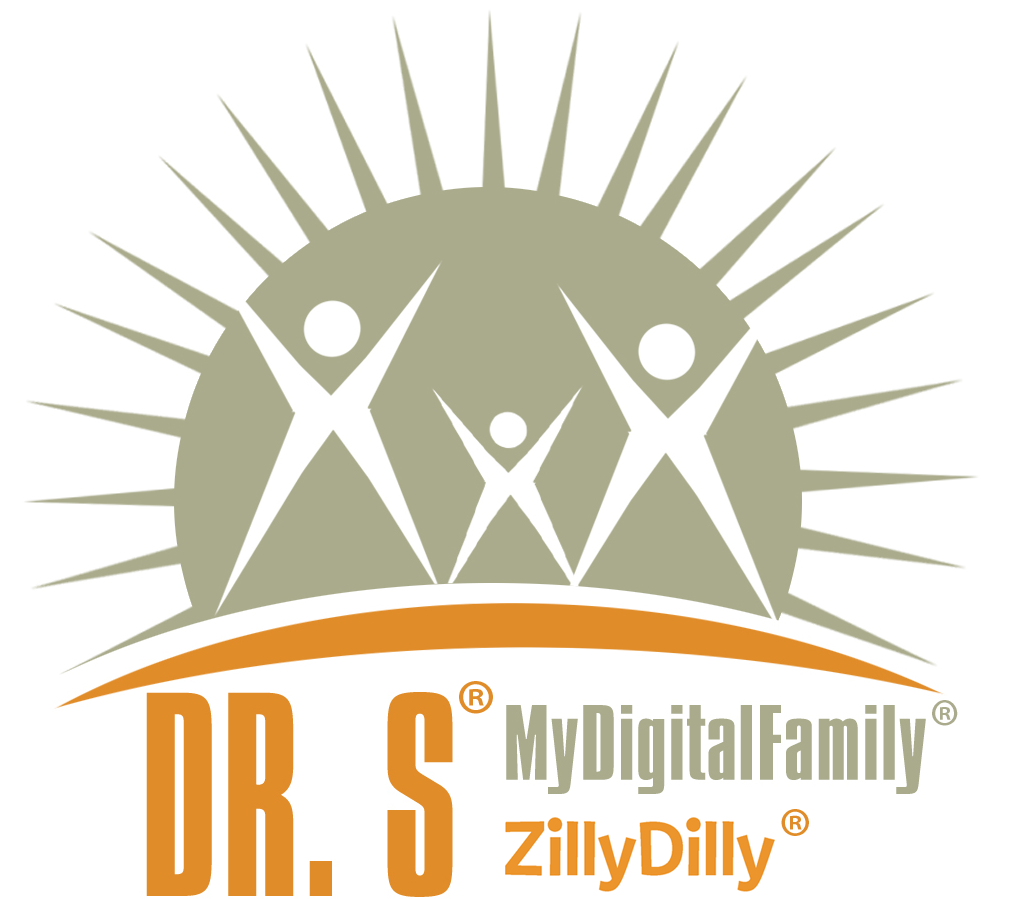HISTORY OF MEDICINE NOTE: CLINICAL AND RESEARCH AFTERMATH OF A FIRST MAJOR SCHOOL SHOOTING 1988
3/28/18
It takes a lot of effort and expertise to repair the damage from a school shooting. This is a historical piece that needs telling from the POV of a doctor / hospital division head. The sufferings of survivors and families need tellings in so many other ways and require a massive response. The author managed the clinical and research response to the WINNETKA IL shooting as Evanston Hospital Division Head, Child and Adolescent Psychiatry and Pediatric Psychiatry 1998-1995.
Our doctors were there after the very first senseless school shooting almost thirty years ago. Today we need to shout out with our kids. Tomorrow we can keep the message alive with regular moments of silence everywhere.
It started as just another school day in WInnetka, Illinois, May 25, 1988, and ended as the day of the first of many major school shootings. The tough hearts of our ER docs and staff broke and tears welled in our eyes. We gasped at the little dead feet peeking from under gurney sheets.
Our psychiatry team at Evanston Hospital / Northwestern University Medical School discovered for the first time ever working in the aftermath of this first major school shooting how kids and their families, school staffs, first responders, and community members could be medically diagnosed and treated for Post-traumatic Stress Disorder, PTSD, just like many of our Vietnam Nam vets.
Other similar incidents about children in disasters had been known. But nothing like this. Dr. Anna Freud had written about kids evacuated from London during the WWII Nazi Bombing Blitz. Dr. Bonnie Greene, now emeritus at Georgetown University, had studied children traumatized by a dam collapse in Kentucky’s coal country.
Adding to medical knowledge has to be a priority in an excellent academic medical setting and serving our community was our highest priority. So for a while, as we struggled to help the survivors, we also worked to discover new knowledge, and we became an epicenter for international education and research on school shootings and understanding and treating the psychological injuries in their turbulent wake.
At first, we as doctors knew little about how to respond to the psychological injuries or what to expect. Our departments of psychiatry and pediatrics at Evanston Hospital professionals and volunteers worked together with village residents to respond with immediate crisis interventions in the school and community. In the traditions of community psychiatry, we reached out to include community leaders in our plannings and responses. Our staffs offered immediate group and individual counseling to families in the school and at Evanston Hospital.
Within weeks, we operationalized educational programs for professionals area wide to reach the many kids exposed to school lockdowns. Longer-term, we provided clinical services to survivors. With an emergency grant from the State of Illinois, my departmental colleagues and I, especially Drs. Janice Kowalsky, Ronald Rozensky, and Ira Sloan and, set up an immediate clinical screenings and interventions for those affected and included seamlessly a longer term research program to share internationally what we’d learned.
We invited experts to assist us immediately: Dr. Lenore Terr, from San Francisco, who had studied and written about the Chowchilla buried school bus kidnapping in the 1970’s, Dr. Kathy Nader, of UCLA, who wrote about a shooting from outside a schoolyard, and they both came within weeks of the tragedy. They and the other scholars put us on the right tracks to helped set up a long-term intervention and research effort.
To those ends, we continued with visits from the best experts and pioneers we could find. We had the benefit of a Who’s Who of childhood traumas. Dr. Phil Saigh of Columbia University, who wrote about Lebanese war-traumatized kids; Dr. Bruce Perry, then at Baylor Medical School, who had intervened with the traumatized children of the Waco, Texas, tragedy. Dr. Richard McNally of Harvard University also helped us learn about what happens to recall by adult survivors. Dr. Yael Danieli of New York, a founding member of the International Society for Traumatic Stress Studies and a United Nations expert in the psychology of refugees also consulted and lectured to the professionals in our community. I invited Dr. Perry to coauthor a now classic Psychiatric Clinics of North America definitive paper on youth PTSD. We were fortunate to receive support from Evanston Hospital’s generous lectureship endowments to host these experts.
Now we know the cycles of how mysterious, yet familiar, troubled perpetrators randomly kill innocents, causing injuries to minds and death and mayhem to bodies. There’s an endless period of confusion and chaos as gruesome details leak out too slowly. Then, the typical initial terror, outrage, repetitive inane politics. And finally, a fading helplessness and the “malignant memories” of PTSD linger, robbing so many of peace of mind for lifetimes.
All repeated in too many communities for the past 30 years. Inner cities have been too familiar with gun violence daily, especially our own Chicago. And Parkland, Florida (our pained condolences to you all!), was just next in line and won’t be the tragic last.
But maybe this time there’s hope. Parkland’s kids stood up. Now so many more of America’s youngsters are shouting to us that they have had enough. America’s kids are on the move, demanding that we stop these life shattering moments. Bravos and bravas to our brave millennials. They are pushing back for basic rights for children in a civil society to have life, a future, and safety. They need strong moral and political voices to echo and amplify their pleas. They want life, humanity and kindness.
How to answer them? A simple idea I’ve heard lately is about planting and growing those initial seeds of life, humanity, and kindness in the decent hearts of our citizenry: Let’s start each school day in each community with a short wailing siren to trigger countless unified universal moments of silence. Let’s take millions of moments to remember the sanctity of life, our duty to respect and protect our future as Americans, and the needs of the rare sad lost broken young souls, with minds already so injured and damaged that they easily put military bullets into their peers. In our silences, some of us might pray too.
As a professional immersed in these happenings, this is what I have to say: Maybe, if we unite as Americans with our persistent moments of silence and persuasive civility, we’ll then come to better figure out our real commitments to real solutions, and then maybe then find greater unity about the right things to do, and then maybe we’ll grow our America to another level of an even higher greatness.
But let’s start, please.
Eitan D Schwarz MD DLAPA FAACAP
Clinical Assistant Professor Northwestern University School of Medicine
Skokie, IL
Article by Eitan ‘Dr. S®’ Schwarz, MD
©All rights reserved



HISTORY OF MEDICINE NOTE: CLINICAL AND RESEARCH AFTERMATH OF A FIRST MAJOR SCHOOL SHOOTING 1988
HISTORY OF MEDICINE NOTE: CLINICAL AND RESEARCH AFTERMATH OF A FIRST MAJOR SCHOOL SHOOTING 1988
3/28/18
It takes a lot of effort and expertise to repair the damage from a school shooting. This is a historical piece that needs telling from the POV of a doctor / hospital division head. The sufferings of survivors and families need tellings in so many other ways and require a massive response. The author managed the clinical and research response to the WINNETKA IL shooting as Evanston Hospital Division Head, Child and Adolescent Psychiatry and Pediatric Psychiatry 1998-1995.
Our doctors were there after the very first senseless school shooting almost thirty years ago. Today we need to shout out with our kids. Tomorrow we can keep the message alive with regular moments of silence everywhere.
It started as just another school day in WInnetka, Illinois, May 25, 1988, and ended as the day of the first of many major school shootings. The tough hearts of our ER docs and staff broke and tears welled in our eyes. We gasped at the little dead feet peeking from under gurney sheets.
Our psychiatry team at Evanston Hospital / Northwestern University Medical School discovered for the first time ever working in the aftermath of this first major school shooting how kids and their families, school staffs, first responders, and community members could be medically diagnosed and treated for Post-traumatic Stress Disorder, PTSD, just like many of our Vietnam Nam vets.
Other similar incidents about children in disasters had been known. But nothing like this. Dr. Anna Freud had written about kids evacuated from London during the WWII Nazi Bombing Blitz. Dr. Bonnie Greene, now emeritus at Georgetown University, had studied children traumatized by a dam collapse in Kentucky’s coal country.
Adding to medical knowledge has to be a priority in an excellent academic medical setting and serving our community was our highest priority. So for a while, as we struggled to help the survivors, we also worked to discover new knowledge, and we became an epicenter for international education and research on school shootings and understanding and treating the psychological injuries in their turbulent wake.
At first, we as doctors knew little about how to respond to the psychological injuries or what to expect. Our departments of psychiatry and pediatrics at Evanston Hospital professionals and volunteers worked together with village residents to respond with immediate crisis interventions in the school and community. In the traditions of community psychiatry, we reached out to include community leaders in our plannings and responses. Our staffs offered immediate group and individual counseling to families in the school and at Evanston Hospital.
Within weeks, we operationalized educational programs for professionals area wide to reach the many kids exposed to school lockdowns. Longer-term, we provided clinical services to survivors. With an emergency grant from the State of Illinois, my departmental colleagues and I, especially Drs. Janice Kowalsky, Ronald Rozensky, and Ira Sloan and, set up an immediate clinical screenings and interventions for those affected and included seamlessly a longer term research program to share internationally what we’d learned.
We invited experts to assist us immediately: Dr. Lenore Terr, from San Francisco, who had studied and written about the Chowchilla buried school bus kidnapping in the 1970’s, Dr. Kathy Nader, of UCLA, who wrote about a shooting from outside a schoolyard, and they both came within weeks of the tragedy. They and the other scholars put us on the right tracks to helped set up a long-term intervention and research effort.
To those ends, we continued with visits from the best experts and pioneers we could find. We had the benefit of a Who’s Who of childhood traumas. Dr. Phil Saigh of Columbia University, who wrote about Lebanese war-traumatized kids; Dr. Bruce Perry, then at Baylor Medical School, who had intervened with the traumatized children of the Waco, Texas, tragedy. Dr. Richard McNally of Harvard University also helped us learn about what happens to recall by adult survivors. Dr. Yael Danieli of New York, a founding member of the International Society for Traumatic Stress Studies and a United Nations expert in the psychology of refugees also consulted and lectured to the professionals in our community. I invited Dr. Perry to coauthor a now classic Psychiatric Clinics of North America definitive paper on youth PTSD. We were fortunate to receive support from Evanston Hospital’s generous lectureship endowments to host these experts.
Now we know the cycles of how mysterious, yet familiar, troubled perpetrators randomly kill innocents, causing injuries to minds and death and mayhem to bodies. There’s an endless period of confusion and chaos as gruesome details leak out too slowly. Then, the typical initial terror, outrage, repetitive inane politics. And finally, a fading helplessness and the “malignant memories” of PTSD linger, robbing so many of peace of mind for lifetimes.
All repeated in too many communities for the past 30 years. Inner cities have been too familiar with gun violence daily, especially our own Chicago. And Parkland, Florida (our pained condolences to you all!), was just next in line and won’t be the tragic last.
But maybe this time there’s hope. Parkland’s kids stood up. Now so many more of America’s youngsters are shouting to us that they have had enough. America’s kids are on the move, demanding that we stop these life shattering moments. Bravos and bravas to our brave millennials. They are pushing back for basic rights for children in a civil society to have life, a future, and safety. They need strong moral and political voices to echo and amplify their pleas. They want life, humanity and kindness.
How to answer them? A simple idea I’ve heard lately is about planting and growing those initial seeds of life, humanity, and kindness in the decent hearts of our citizenry: Let’s start each school day in each community with a short wailing siren to trigger countless unified universal moments of silence. Let’s take millions of moments to remember the sanctity of life, our duty to respect and protect our future as Americans, and the needs of the rare sad lost broken young souls, with minds already so injured and damaged that they easily put military bullets into their peers. In our silences, some of us might pray too.
As a professional immersed in these happenings, this is what I have to say: Maybe, if we unite as Americans with our persistent moments of silence and persuasive civility, we’ll then come to better figure out our real commitments to real solutions, and then maybe then find greater unity about the right things to do, and then maybe we’ll grow our America to another level of an even higher greatness.
But let’s start, please.
Eitan D Schwarz MD DLAPA FAACAP
Clinical Assistant Professor Northwestern University School of Medicine
Skokie, IL
Article by Eitan ‘Dr. S®’ Schwarz, MD
©All rights reserved